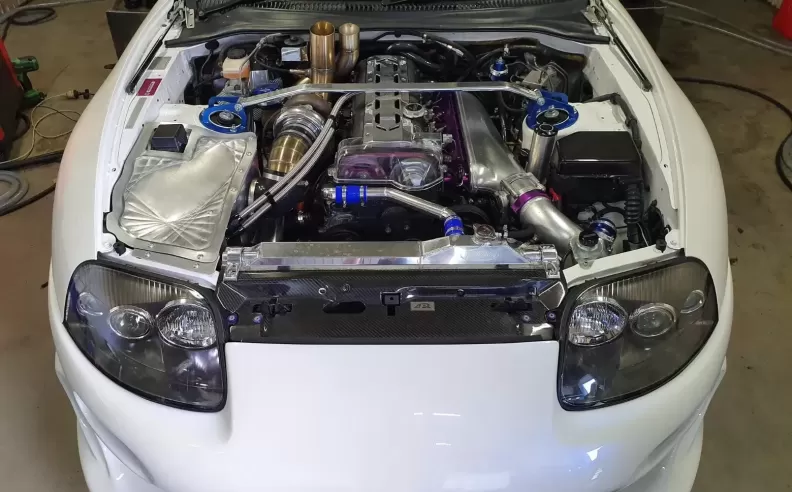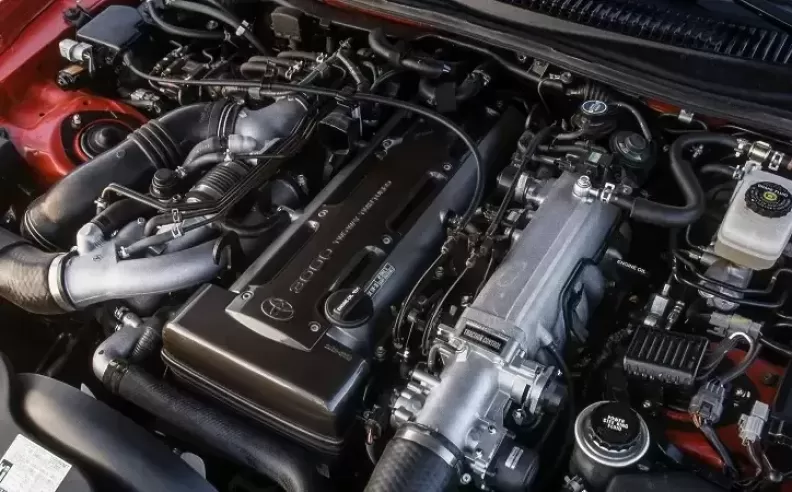
When it comes to legendary engines, few can match the reputation and impact of the 2JZ. Born from the halls of Toyota, the 2JZ engine has etched its name in automotive history as an engineering marvel, renowned for its robustness, power, and tuneability. Whether in the hands of enthusiasts or dominating on the race track, the 2JZ has left an indelible mark on the automotive industry. In this article, we delve into the origins, characteristics, and enduring legacy of the 2JZ engine.

The 2JZ engine made its debut in 1991 as the successor to the first-generation JZ series engines. Developed by Toyota's engineers, the 2JZ was initially intended for luxury sedans and grand tourers. However, it quickly gained recognition in the performance and motorsports circles due to its inherent capabilities.
The 2JZ engine underwent various iterations and improvements over its production lifespan. The first variant, known as the 2JZ-GE, featured a naturally aspirated configuration, producing a respectable 220 horsepower. Its sibling, the 2JZ-GTE, incorporated twin turbochargers, elevating power output to an impressive 320 horsepower. Both versions shared a common architecture, including a robust cast iron block, aluminum cylinder head, and a dual overhead camshaft (DOHC) design.
What truly set the 2JZ engine apart was its exceptional tuneability and aftermarket support. Enthusiasts and tuners quickly discovered that the 2JZ engine had immense potential for extracting more power and torque. The engine's robust construction allowed it to withstand high levels of boost and extreme modifications, making it a favorite in the world of performance tuning.
With relatively simple modifications, such as upgraded turbochargers, fuel injectors, and engine management systems, the 2JZ engine could easily produce over 1,000 horsepower, demonstrating its remarkable strength and durability. This tuneability, combined with the engine's ability to rev smoothly and deliver power across a wide RPM range, made it an ideal choice for drag racing, drifting, and high-performance street applications.

The 2JZ engine's motorsport success further cemented its reputation. In the 1990s and early 2000s, the engine dominated the Japanese Super GT series, earning multiple championships and securing its place as one of the most formidable powerplants in the competition. The engine's strength and reliability also attracted the attention of the drifting community, where it powered numerous championship-winning cars, most notably the iconic Toyota Supra.
The 2JZ engine's popularity extended beyond the track, thanks in part to its appearances in films and video games. The Toyota Supra, equipped with the 2JZ engine, gained worldwide recognition through its starring role in "The Fast and the Furious" franchise. The engine's distinct sound and performance capabilities made it an instant favorite among automotive enthusiasts and a symbol of automotive performance.
Even after the end of its production in 2002, the 2JZ engine's legacy continues to thrive. It remains highly sought after in the automotive aftermarket, with a vibrant community of enthusiasts dedicated to preserving and enhancing its performance. The engine's influence can be seen in modern sports cars and performance models, with many manufacturers drawing inspiration from its design and engineering principles.

Wael is an automotive content writer specializes in creating written content for Motor 283. Producing a wide range of content, including blog posts, articles, product descriptions, reviews, and technical guides related to cars, trucks, motorcycles, and other vehicles, with an unprecedented passion for cars, and motorcycles.
